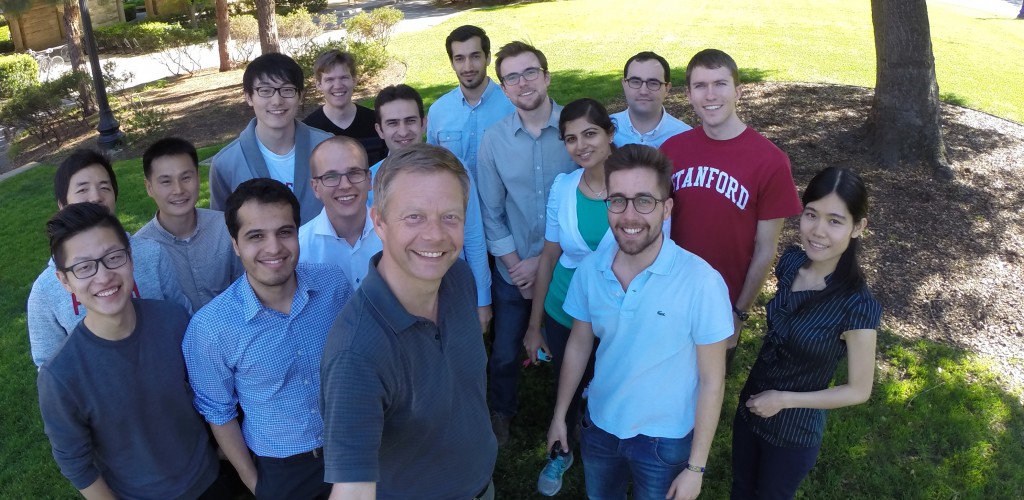The paper, "Visualization of Second Order Tensor Fields and Matrix Data," was coauthored by professor Bert Hesselink and Thierry Delmarcelle in 1992. This paper describes some of their work on mathematical topology related to data analysis and lossless compression and visualization of tensor and vector data sets. The committee selected this paper for its importance and long term impact.
The IEEE VIS Test of Time Award is an accolade given to recognize articles published at previous conferences whose contents are still vibrant and useful today and have had a major impact and influence within and beyond the visualization community.
Papers are selected for each of the three conferences (VAST, InfoVis and SciVis) by Test of Time Awards panels appointed by the conference Steering Committees.
The decisions are based on objective measures such as the numbers of citations, and more subjective ones such as the quality and longevity and influence of ideas, outreach, uptake and effect not only in the research community, but also within application domains and visualization practice.
A full rationale will be provided for each paper at the conference opening, where we hope to encourage researchers to aim to produce work that is forward looking and has transformational potential. We're trying to build on our heritage to establish an ambitious future by making it clear at the outset of the conference opening that we want participants to aspire to be writing papers today that will be relevant in decades to come.
Professor Hesselink's research encompasses nano-photonics, ultra high density optical data storage, nonlinear optics, optical super-resolution, materials science, three-dimensional image processing and graphics, and Internet technologies.
Congratulations to Bert on this well-deserved recognition.
IEEE 2017 Test of Time Awards























